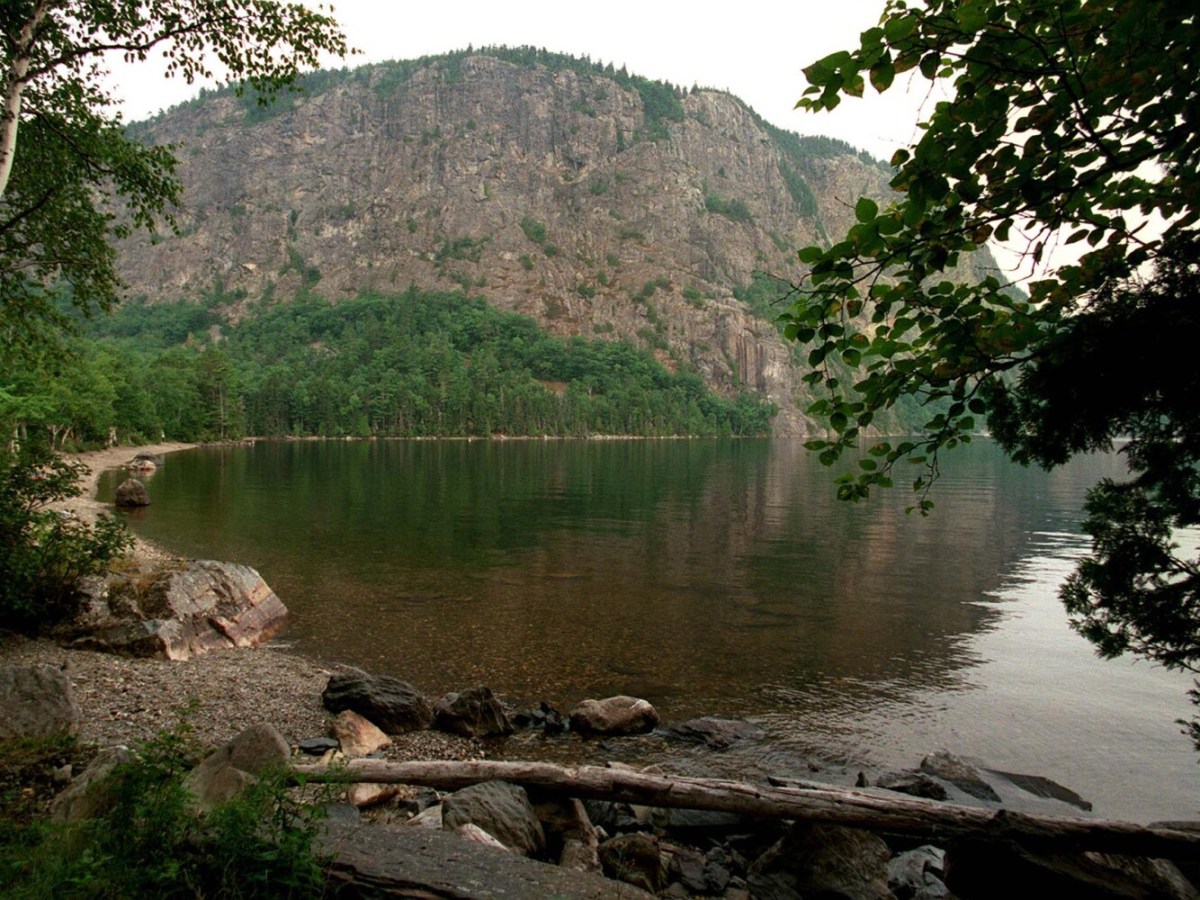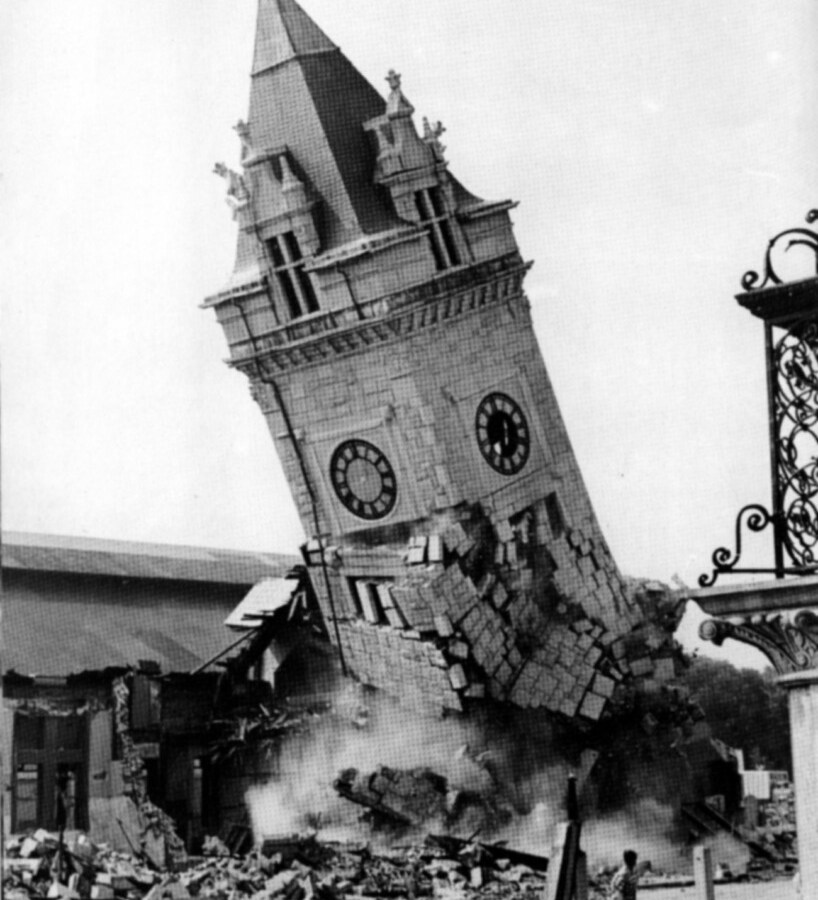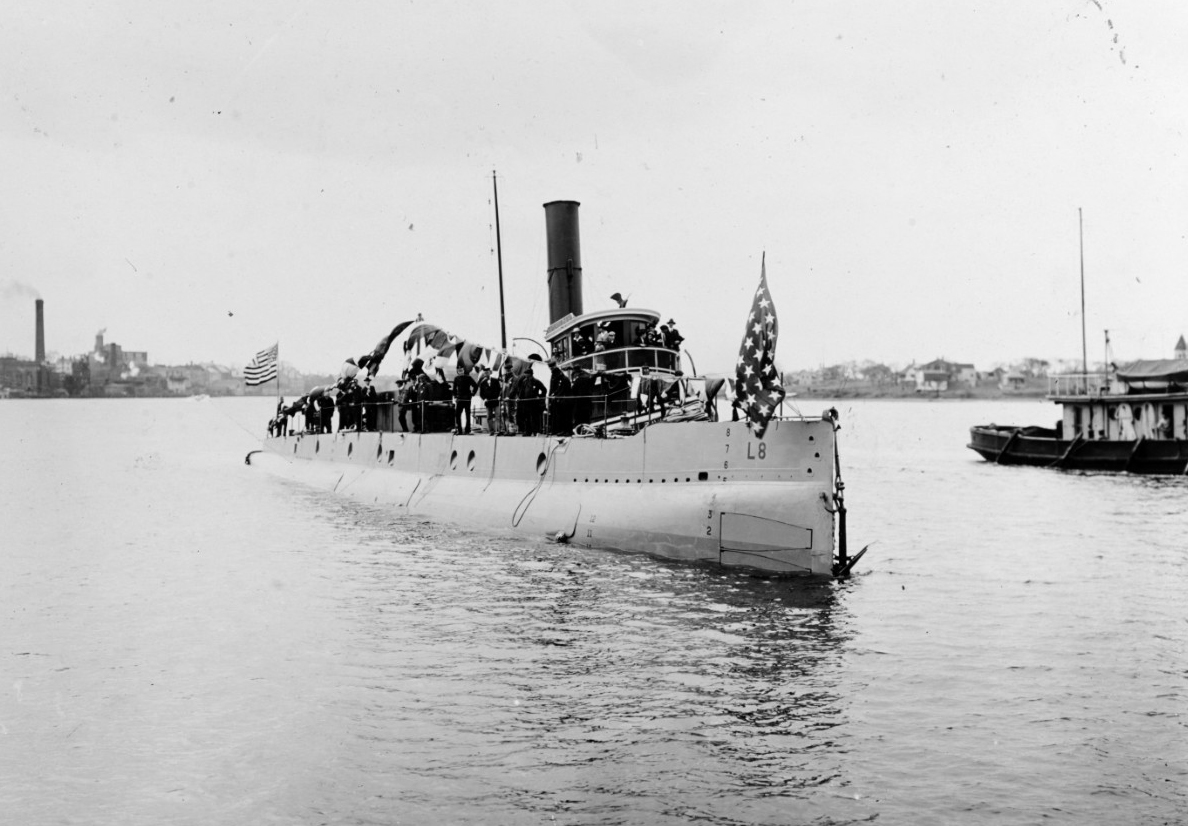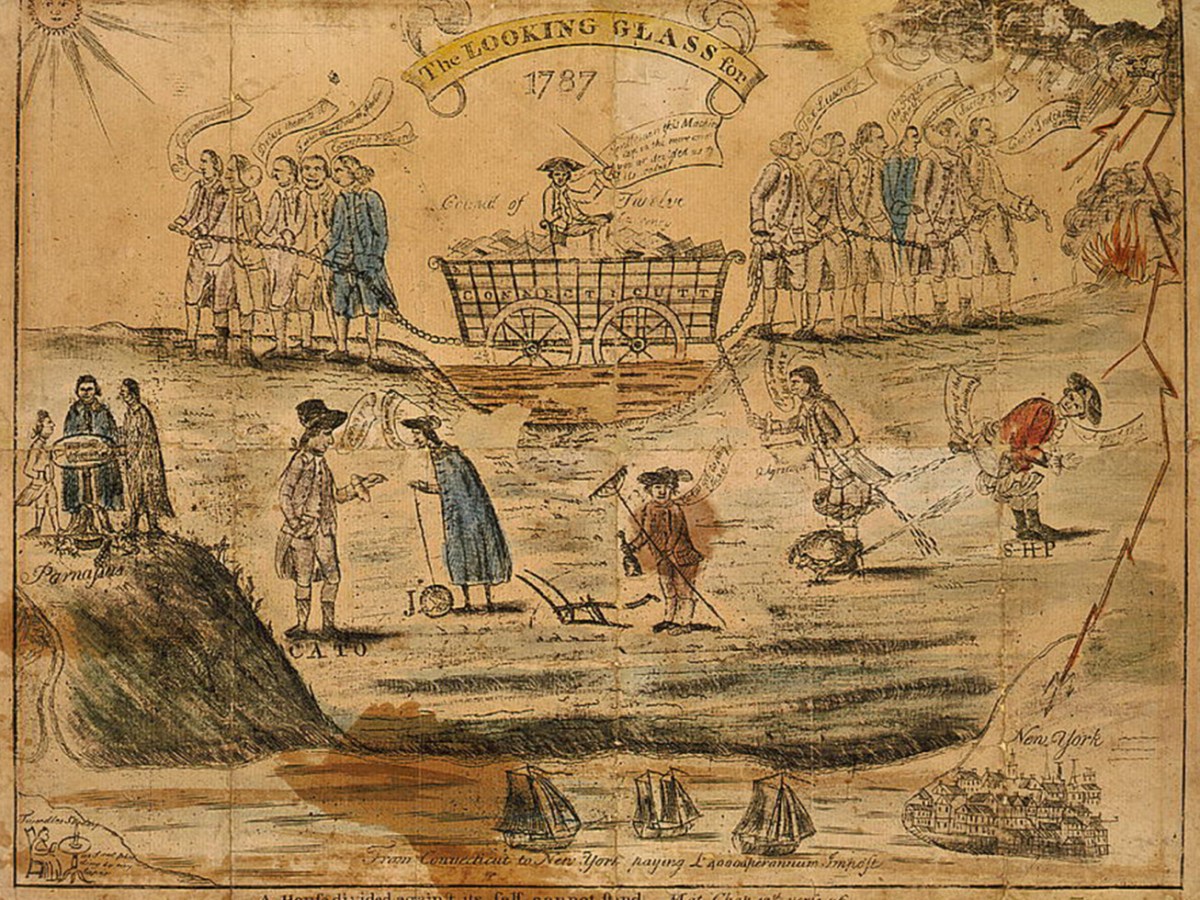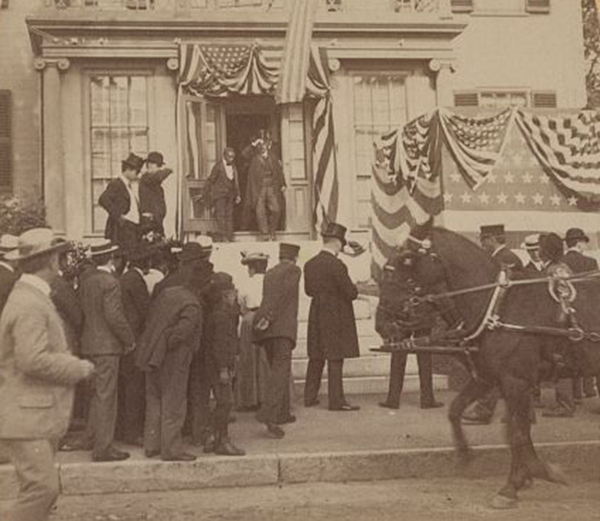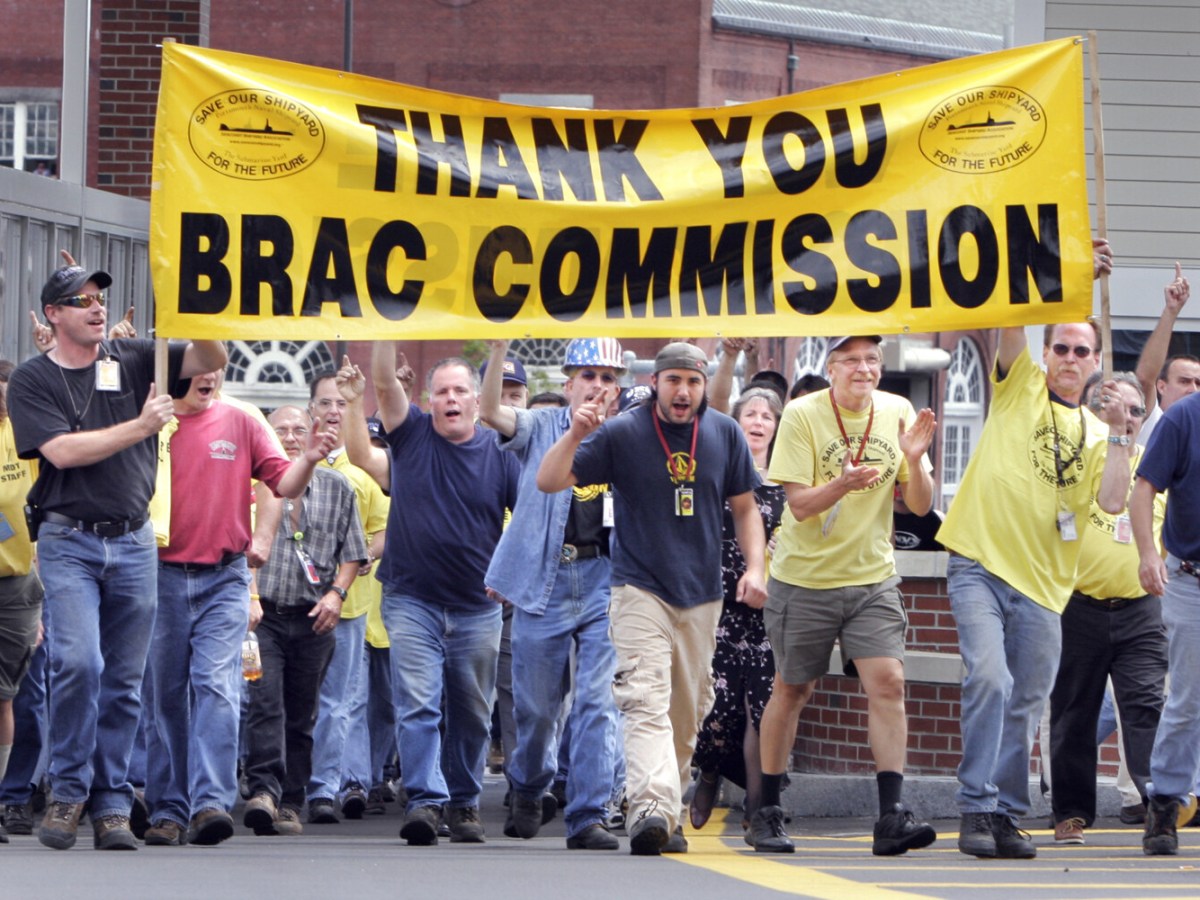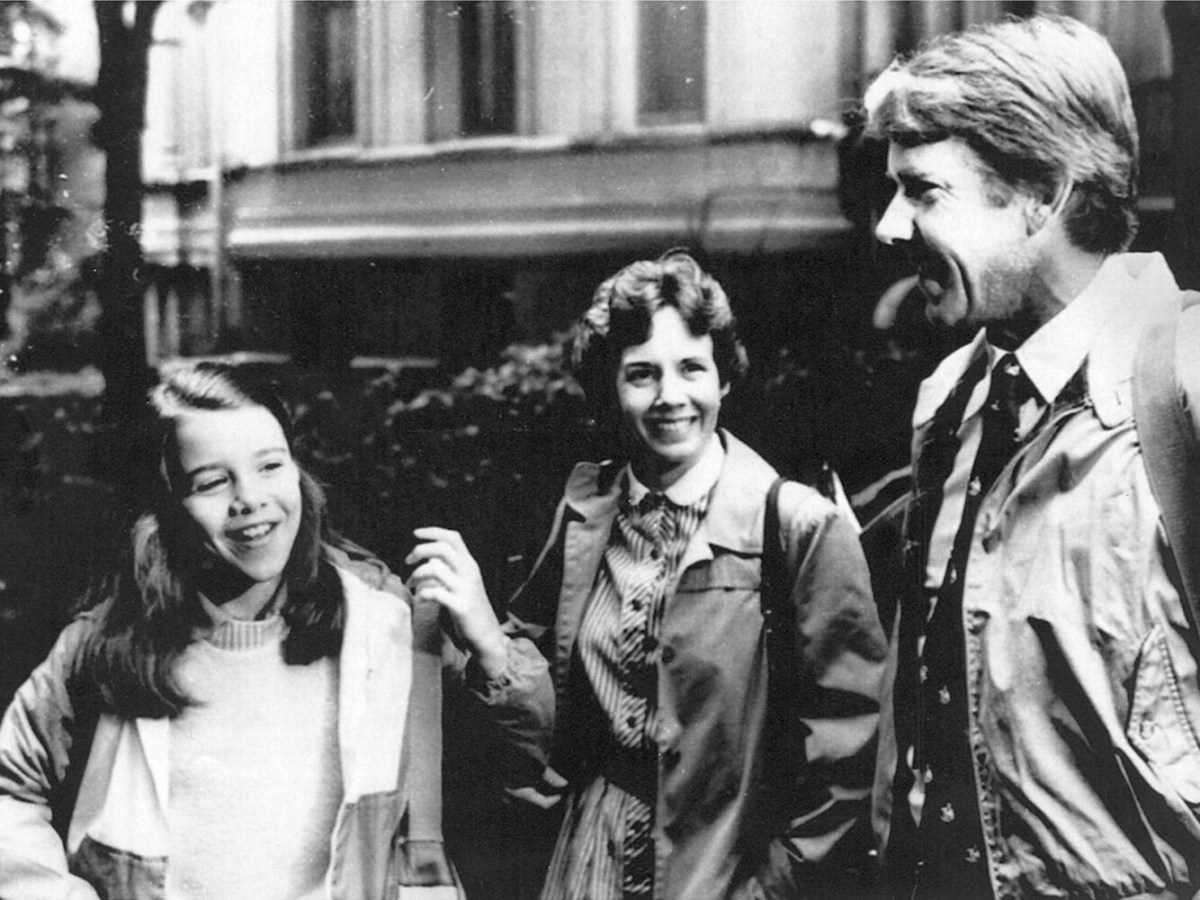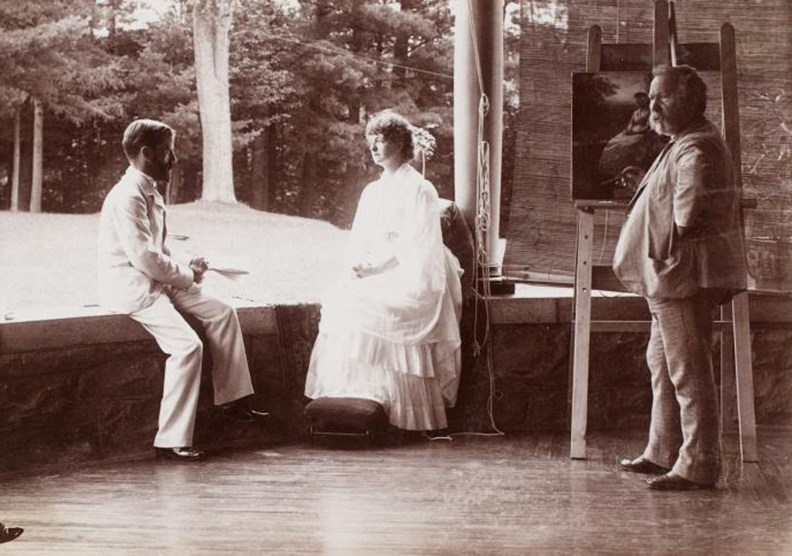Sept. 2, 1816: In a second referendum on Maine’s proposed separation from Massachusetts to become a new state, the pro-separation side wins again, with 54 percent of the vote. While the margin of victory is smaller than the 62 percent win on May 20, the rate of voter participation is much greater, giving the result […]
This Day in Maine History
On this date in Maine history: Sept. 1
Sept. 1, 1814: A British force occupies Castine during the War of 1812. The town becomes part of the short-lived second incarnation of the British crown colony of New Ireland. When the British leave the following April, they take with them 10,750 pounds collected as tariff duties during their occupation. That money is used to […]
On this date in Maine history: Aug. 31
Aug. 31, 1954: Hurricane Carol makes landfall on New York’s Long Island and proceeds to ravage much of New England and Atlantic Canada. It causes the most severe damage on the coasts of Connecticut and Rhode Island. In Maine, falling trees damage houses, crush cars, cut power lines and block highways. Wind speed of 80 […]
On this date in Maine history: Aug. 30
Aug. 30, 1917: The first submarine ever built at a U.S. Navy shipyard, the USS L-8, is commissioned. The Navy paid the Lake Torpedo Boat Co. $52,700 for the plans. The keel was laid down Feb. 24, 1915, at Portsmouth Naval Shipyard in Kittery. The vessel was launched April 23, 1917, 17 days after Congress […]
On this date in Maine history: Aug. 29
Aug. 29, 1786: Protesters in Northampton, Massachusetts, angry about tax collections and property confiscations by the government, prevent the court there from holding a session. The protest grows into what becomes known as Shays’ Rebellion, named for Daniel Shays, a Revolutionary War veteran who participated in it. That and other protest actions severely dampen enthusiasm […]
On this date in Maine history: Aug. 28
Aug. 28, 2006: The Chewonki Foundation, a Wiscasset organization, unveils what it bills as the first hydrogen fuel cell of its kind in Maine. The new system is installed to provide backup power and heat in the foundation’s education center building. It took three years for the foundation to complete the $250,000 project in cooperation […]
On this date in Maine history: August 27
Aug. 27, 1902: A train hauling five special Pullman cars brings President Theodore Roosevelt and state and local dignitaries to Bangor, where it arrives at noon at the city’s western train station to the hurrahs of hundreds of onlookers gathered on Railroad Street. Rail yardmen rush up, remove their caps and stand several feet from […]
On this date in Maine history: Aug. 26
Aug. 26, 2005: Workers at the Portsmouth Naval Shipyard in Kittery breathe a collective sigh of relief when they learn that a federal base-closing commission has left the shipyard off a list of military installations scheduled for closure. Gov. John Baldacci and members of the Maine congressional delegation attend a celebratory rally in front of […]
On this date in Maine history: Aug. 25
Aug. 25, 1894: Renowned poet and author Celia Thaxter (1835-1894) dies on Maine’s Appledore Island, in the Isles of Shoals, the inspiration for many of her poems. She is 59. Although she was born on the mainland – in Portsmouth, New Hampshire – and spent many years away, she is associated most closely with the […]
On this date in Maine history: Aug. 24
Aug. 24, 1857: Eastman Johnson (1824-1906), a prolific painter who was born in Lovell and raised in Augusta and Fryeburg, begins a two-month visit to Grand Portage, Minnesota Territory, where he creates a series of portraits “that for several reasons have come to be regarded as perhaps the most sensitive midcentury likenesses of Native Americans.” […]

